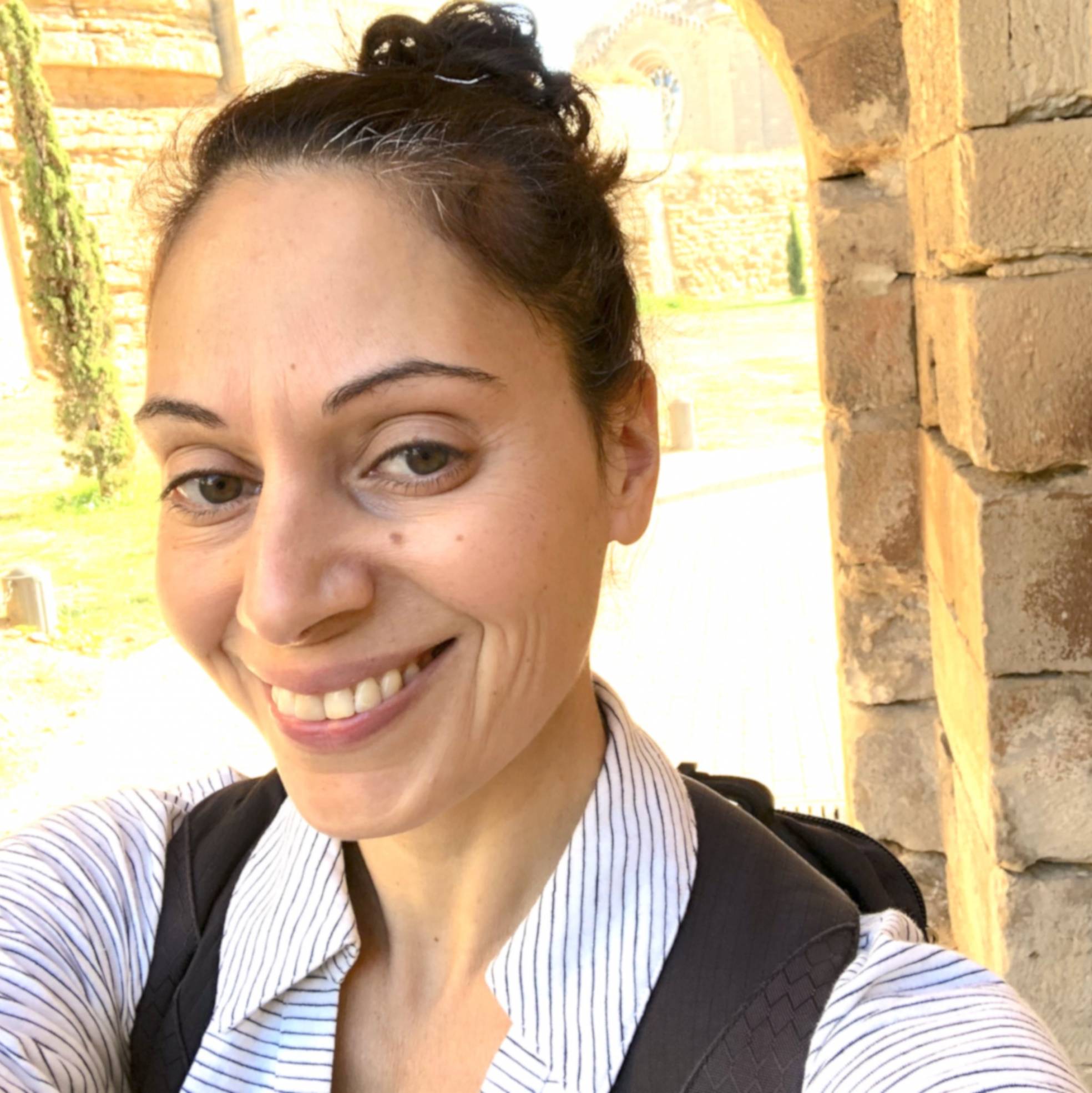CRÍTIQUES

VALORACIÓ
9
The agony of circumstance
Publicat el: 30 de juliol de 2023
CRÍTiCA: Who killed my father
The phenomenal Hans Kesting is the protagonist of Ivo van Hove’s devastating theatre piece Who Killed My Father – a 90-minute solo piece cancelled at the Grec due to the illness of the actor – yet kindly provided in a free screening by the theatre Lliure.
The piece, performed in Dutch, is based on a French book Qui a tué mon père, a furious 50-page novella by Édouard Louis. Published in 2018 by the then-25 year old, it is written in the form of a letter from a young man to his father, and draws on the experiences of the author who grew up “poor and gay” in an abusive household in the working-class town of Hallencourt in northern France. Heavy themes such as domestic violence, hostility towards homosexuality, and eternal money troubles make for what seems sometimes unrelenting distress.
Van Hove is not the first to adapt Louis’ book, but his choice to do so is nevertheless poignant: it joins an eclectic series of novels creatively staged; among which, Hanya Yanagihara’s 2015 bestseller A Little Life (a huge hit on London’s West End with a version recorded for cinema out in the UK out late September), and Ayn Rand’s persistently polarising 1943 novel The Fountainhead. “It happens when I connect the text with an actor” says van Hove. “In this case, I read this short book by Édouard Louis in one go, and immediately thought of Hans”.
Rugged yet boyish, sixty-two year old Kesting plays the role of son, but also personifies the father: a frightening figure and a victim of political apathy. Kesting provides the maturity but also retains the verve and pace of the novel’s stricken narrator. The story crushes time, weaving the personal with the political. Alcohol, a lifetime of manual labour, and an accident have all but done the dad in, but so too have spending cuts born of political apathy. This unforgiving social context contrives to humiliate and he in turn drags his family down with him.
Jan Versweyveld’s stage design and lighting is sparse and industrial, conveying the functional factory town in which the family live. The home is no haven, but an uneasy space, with light occasionally breaking in: like hope – or the tease of it. With action pared down too, sound effects pierce through with the intimacy of a radio play, and moments of stillness are both fraught and dramatic.
CRÍTIQUES RELACIONADES / Who killed my father
No hi ha crítiques relacionades

